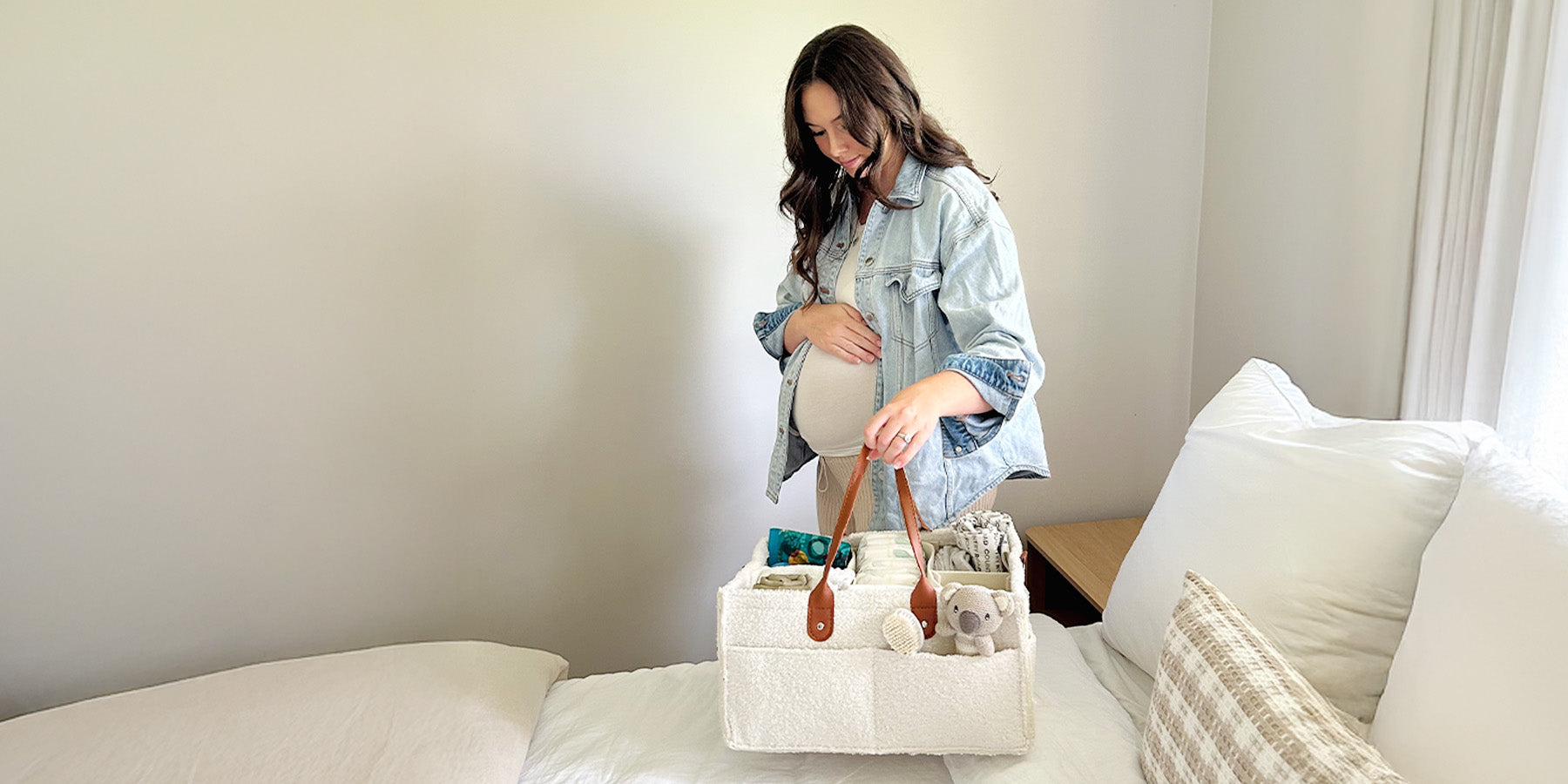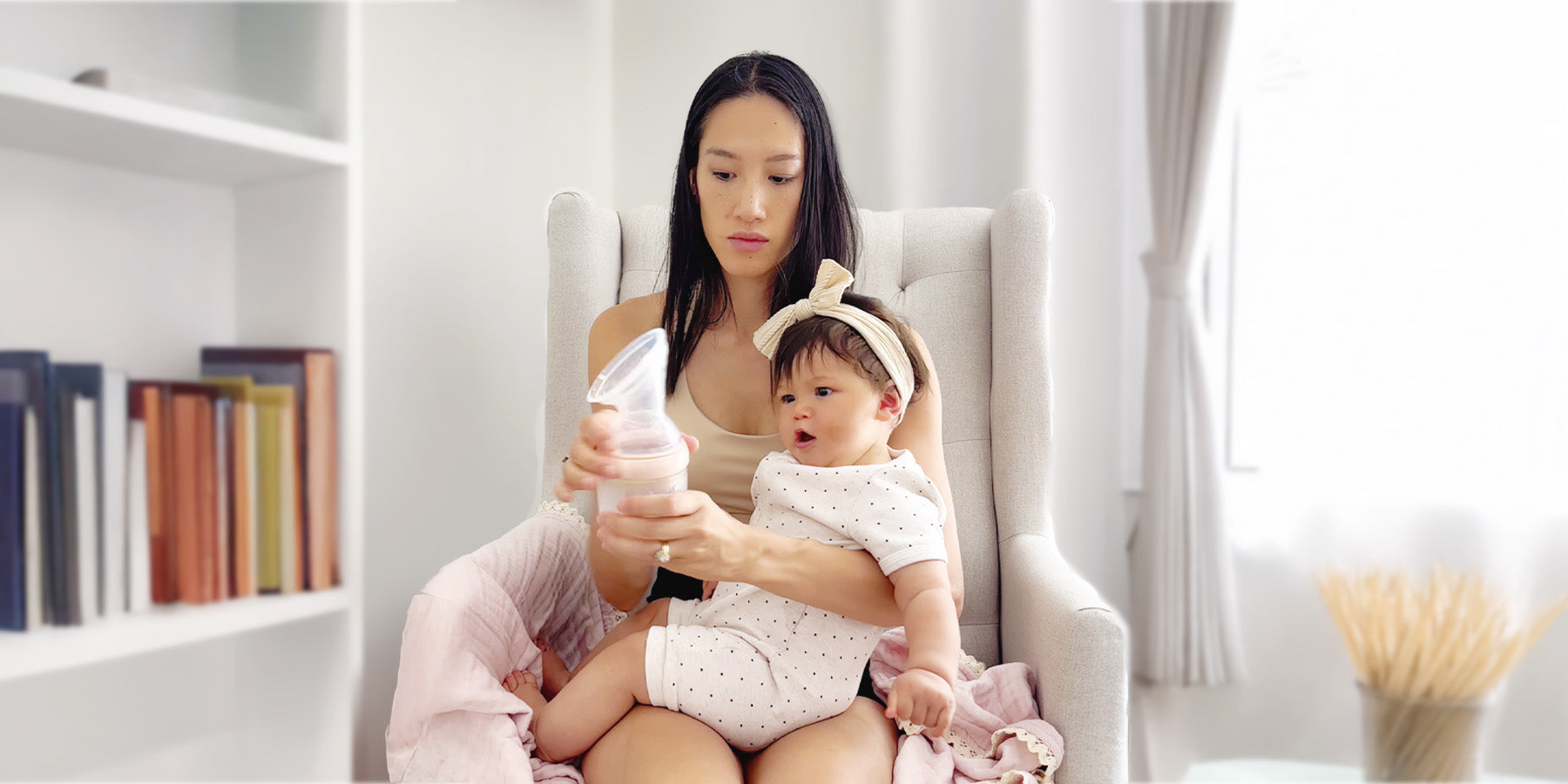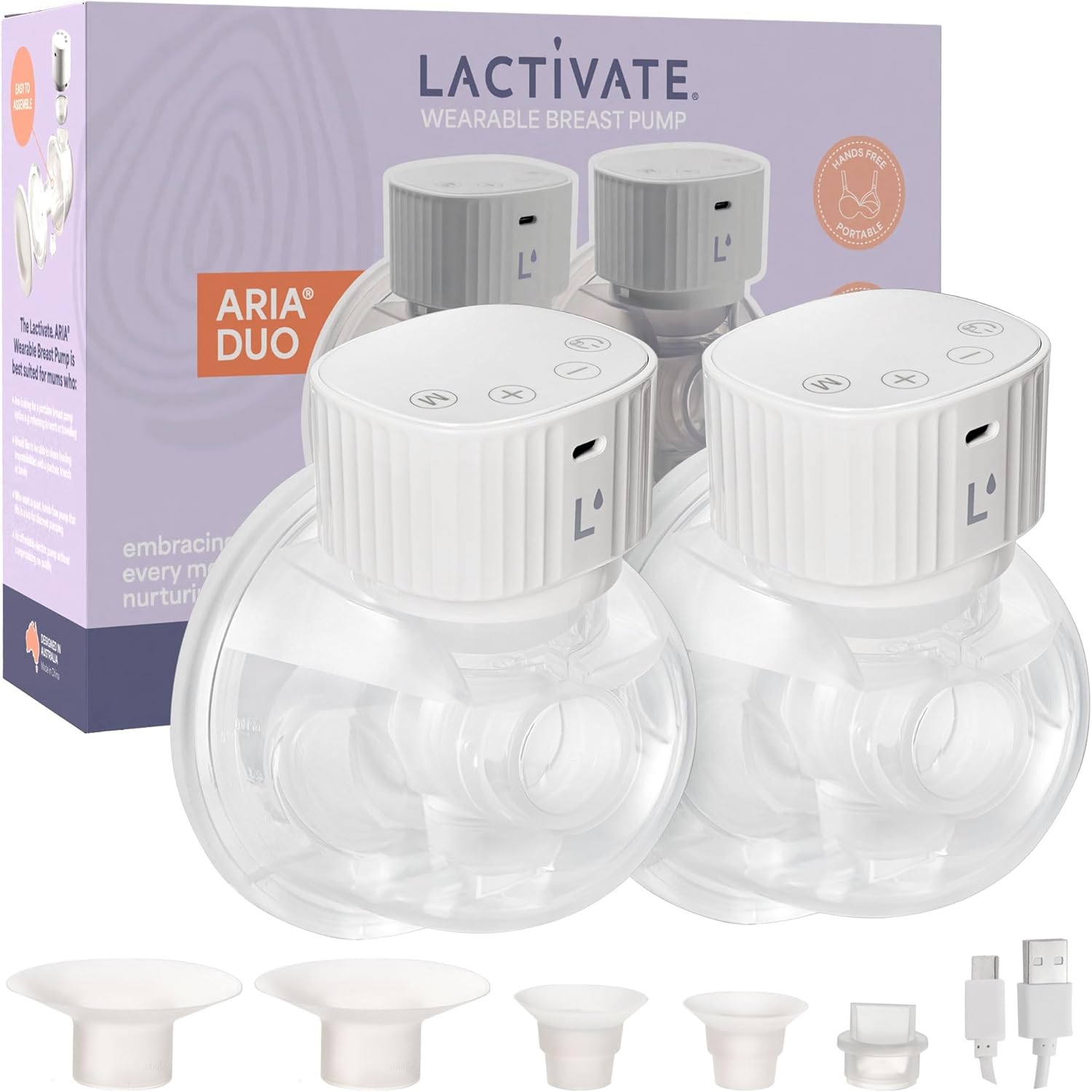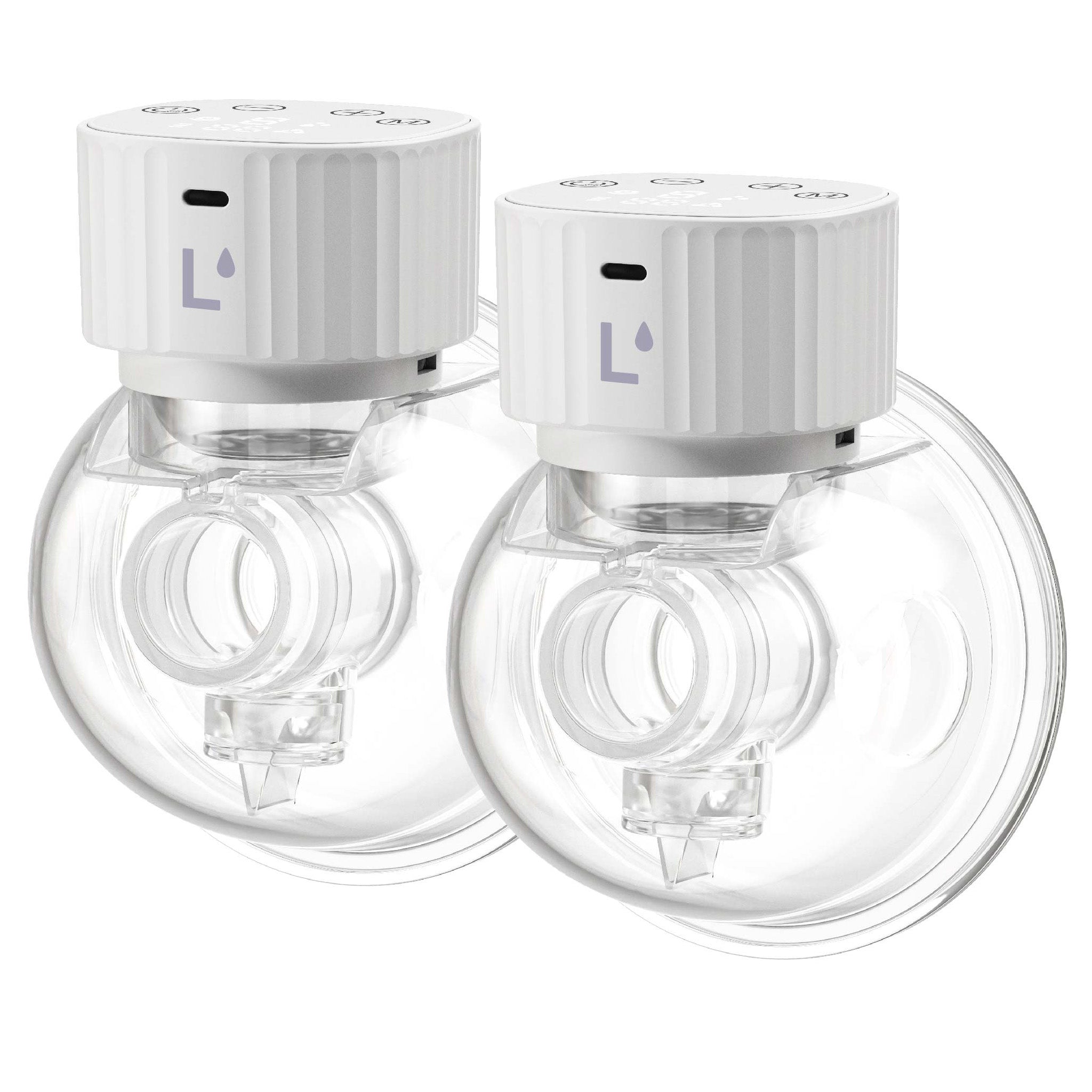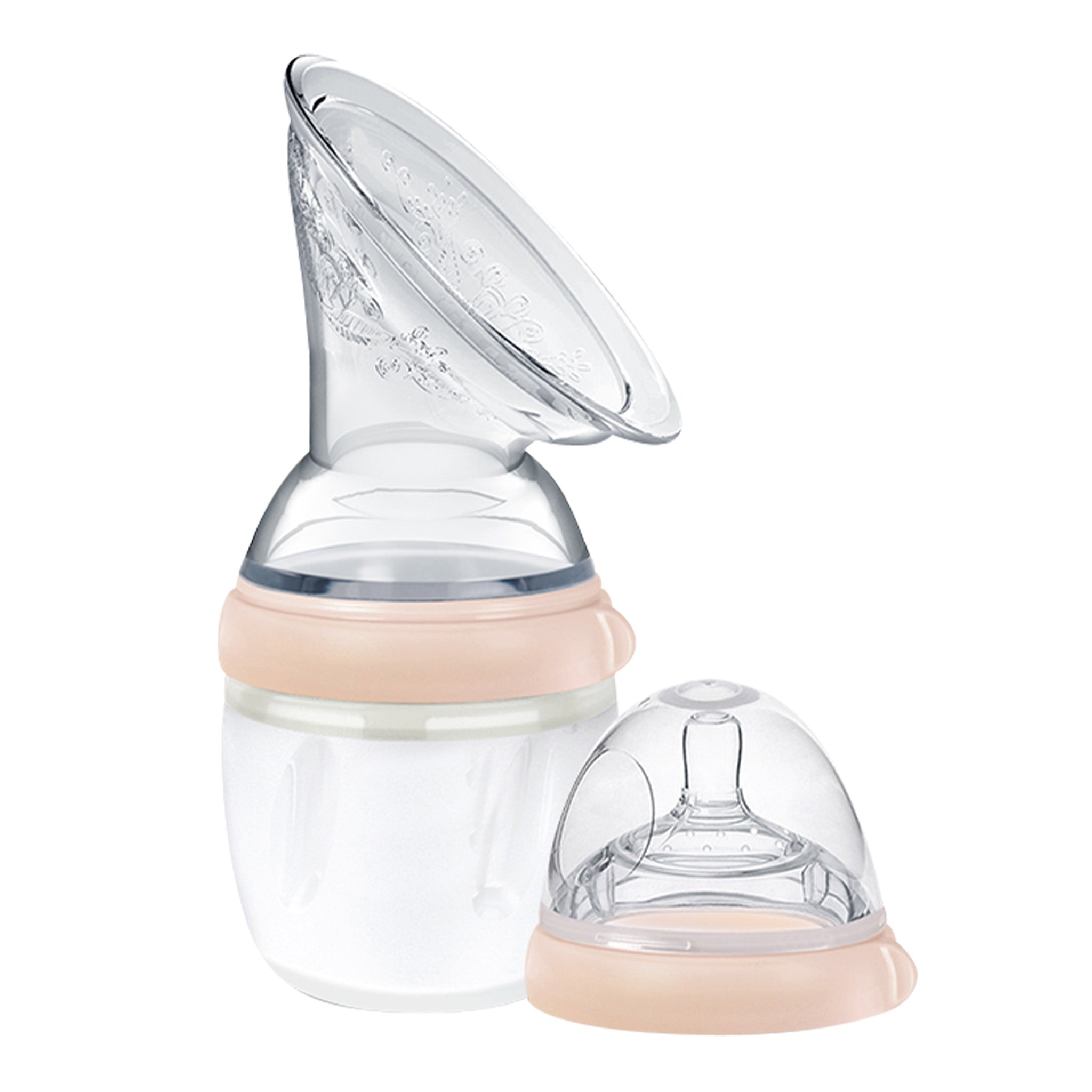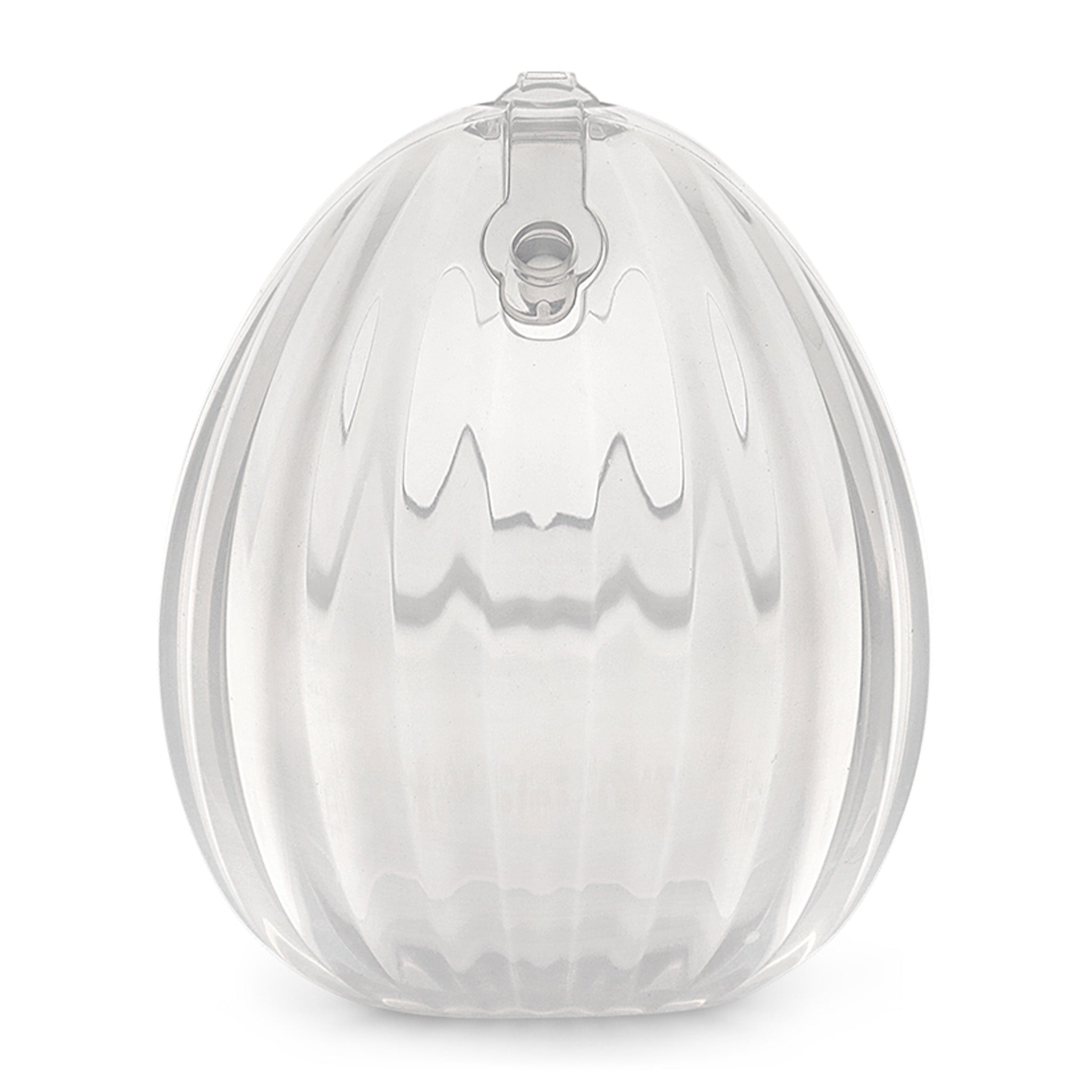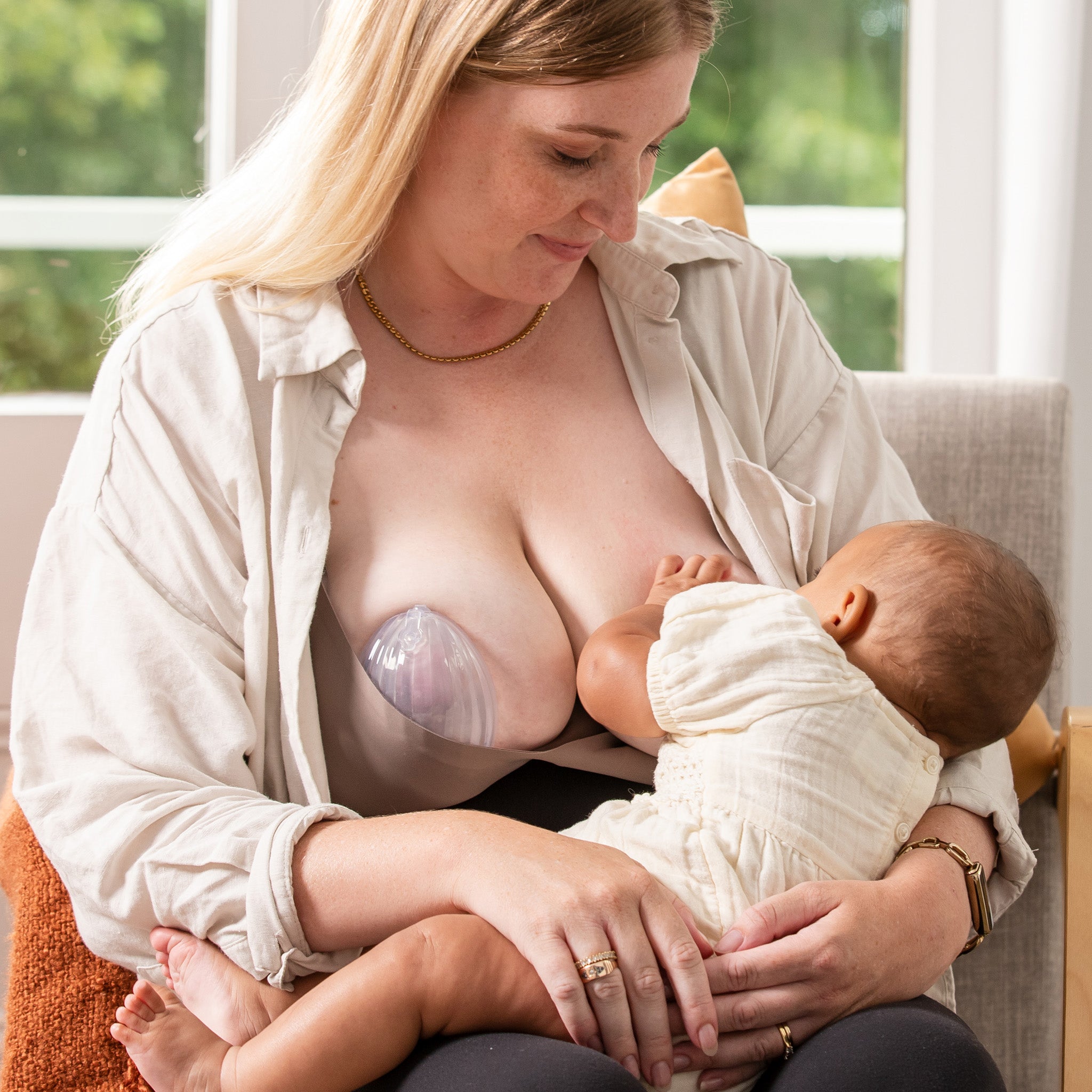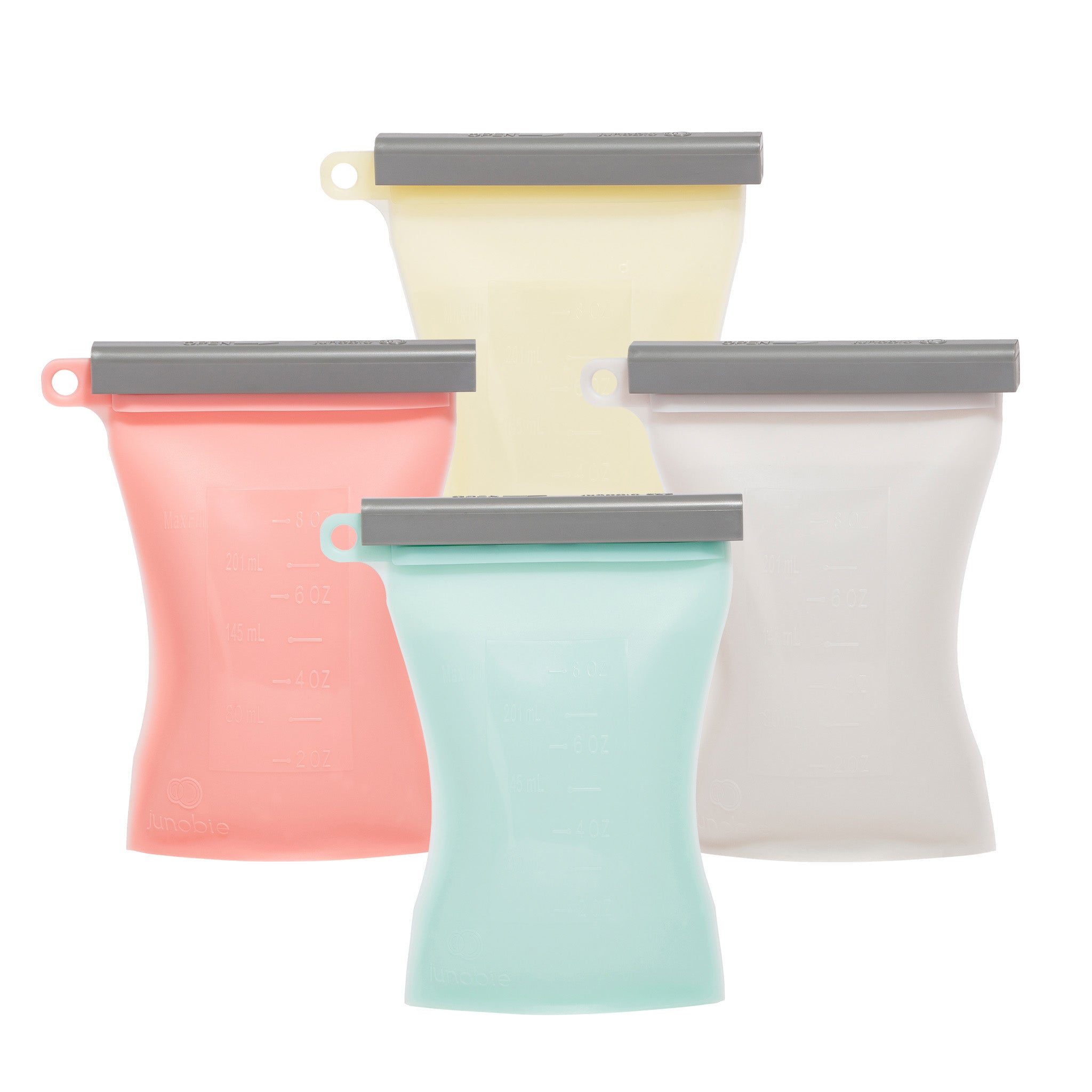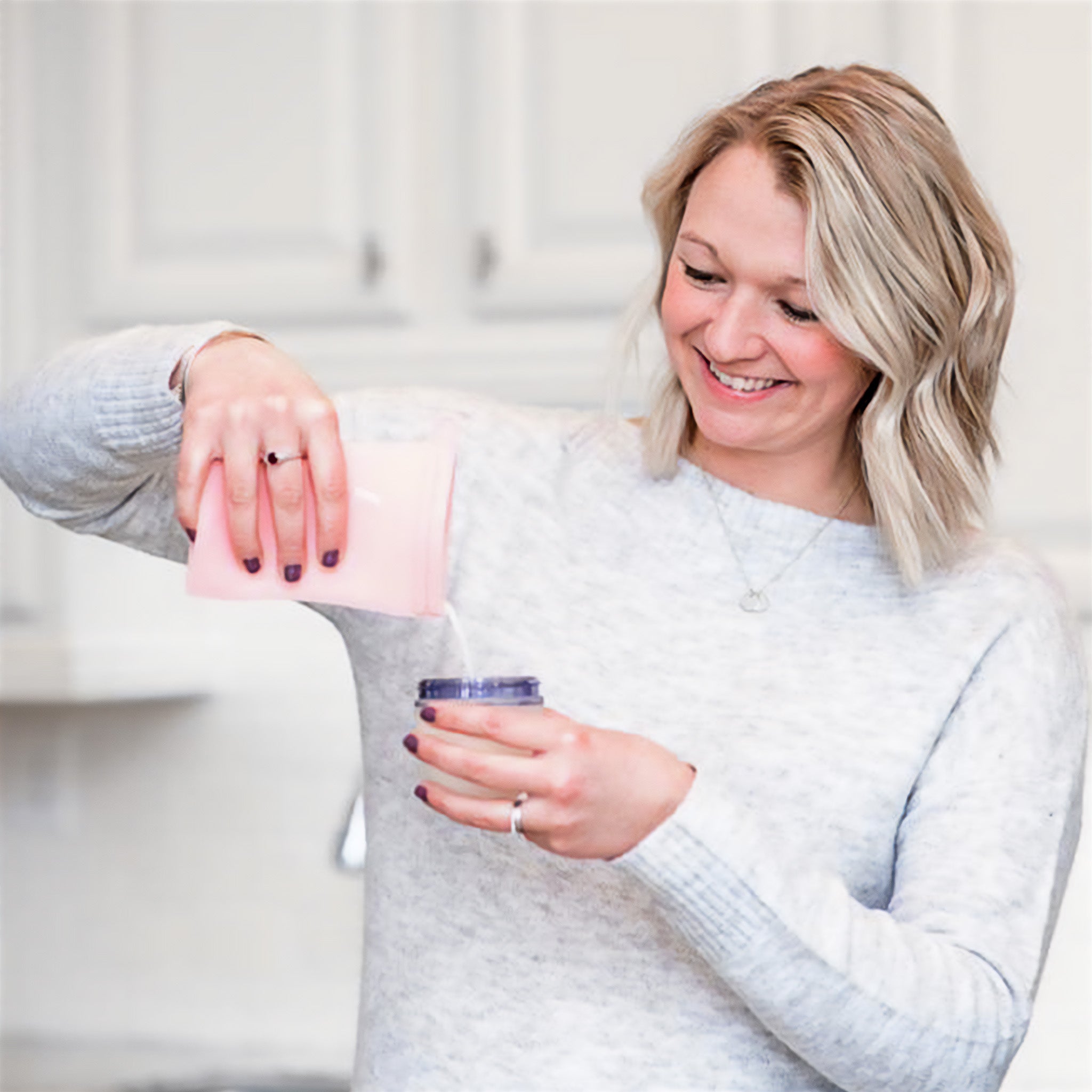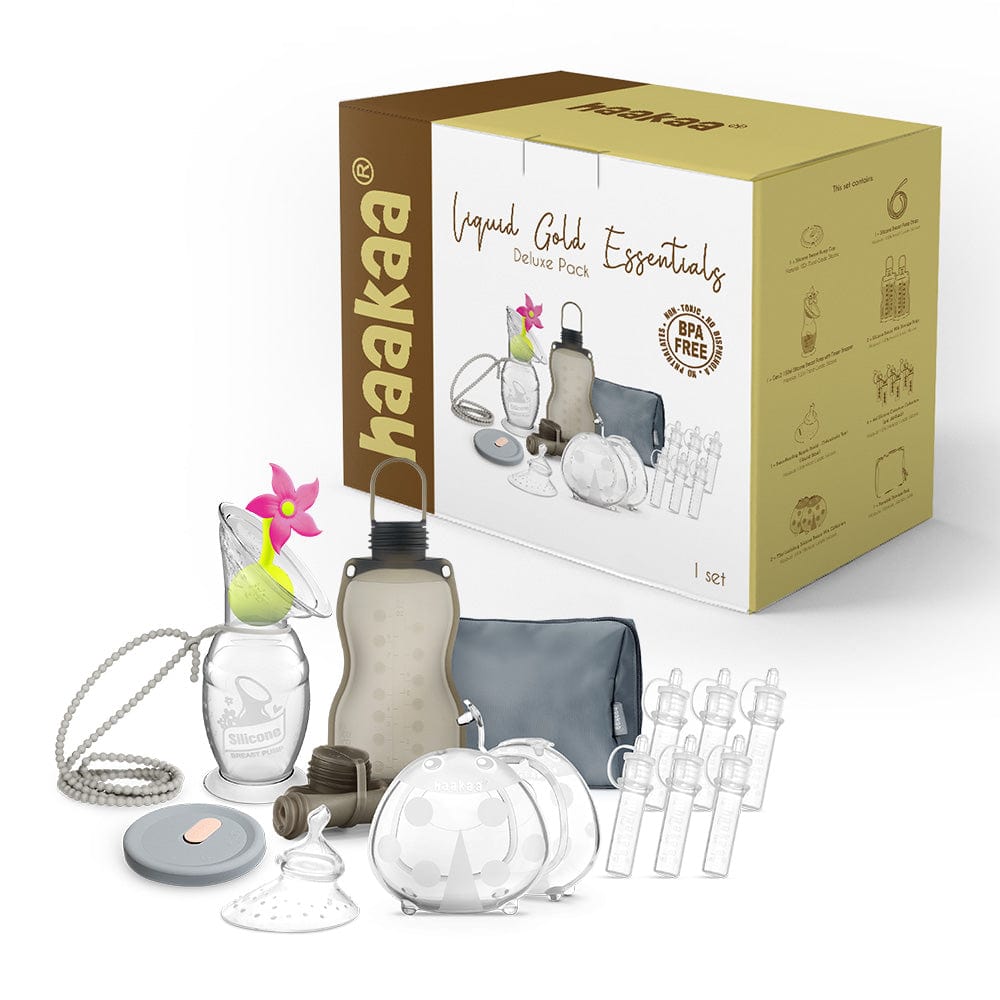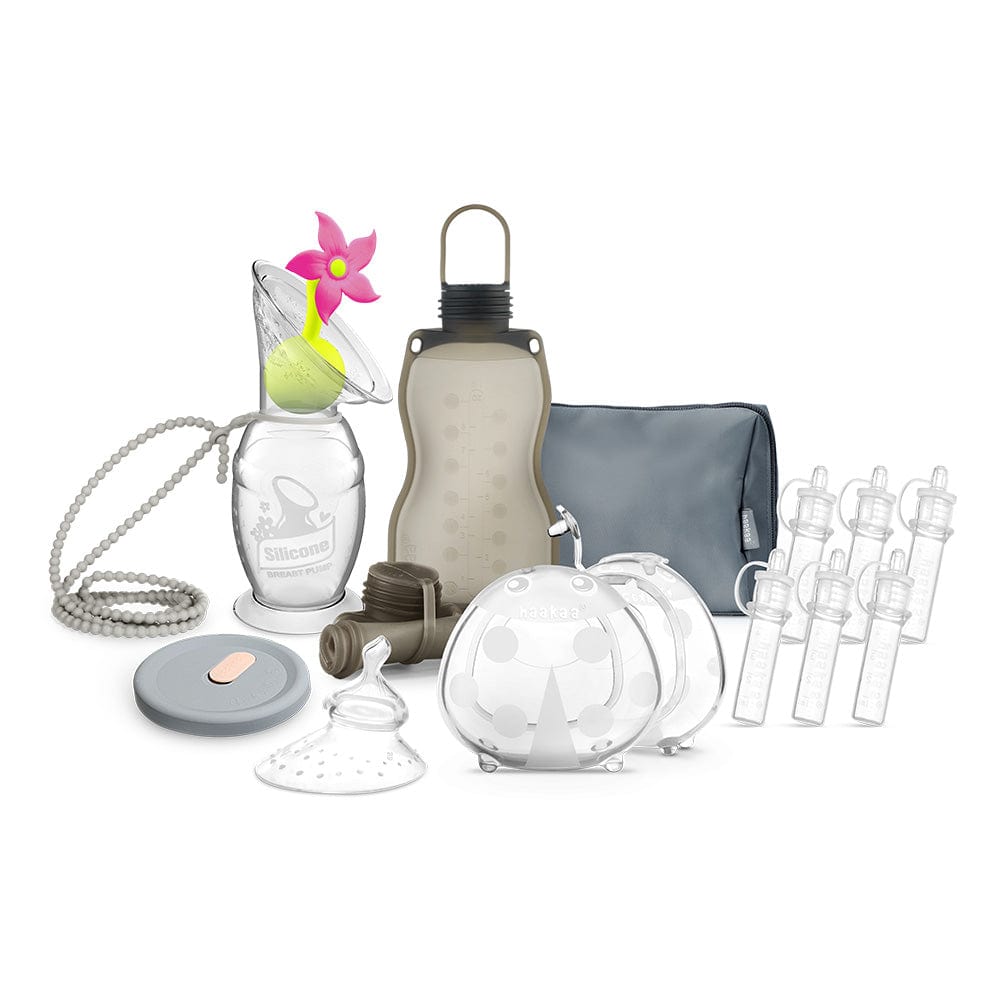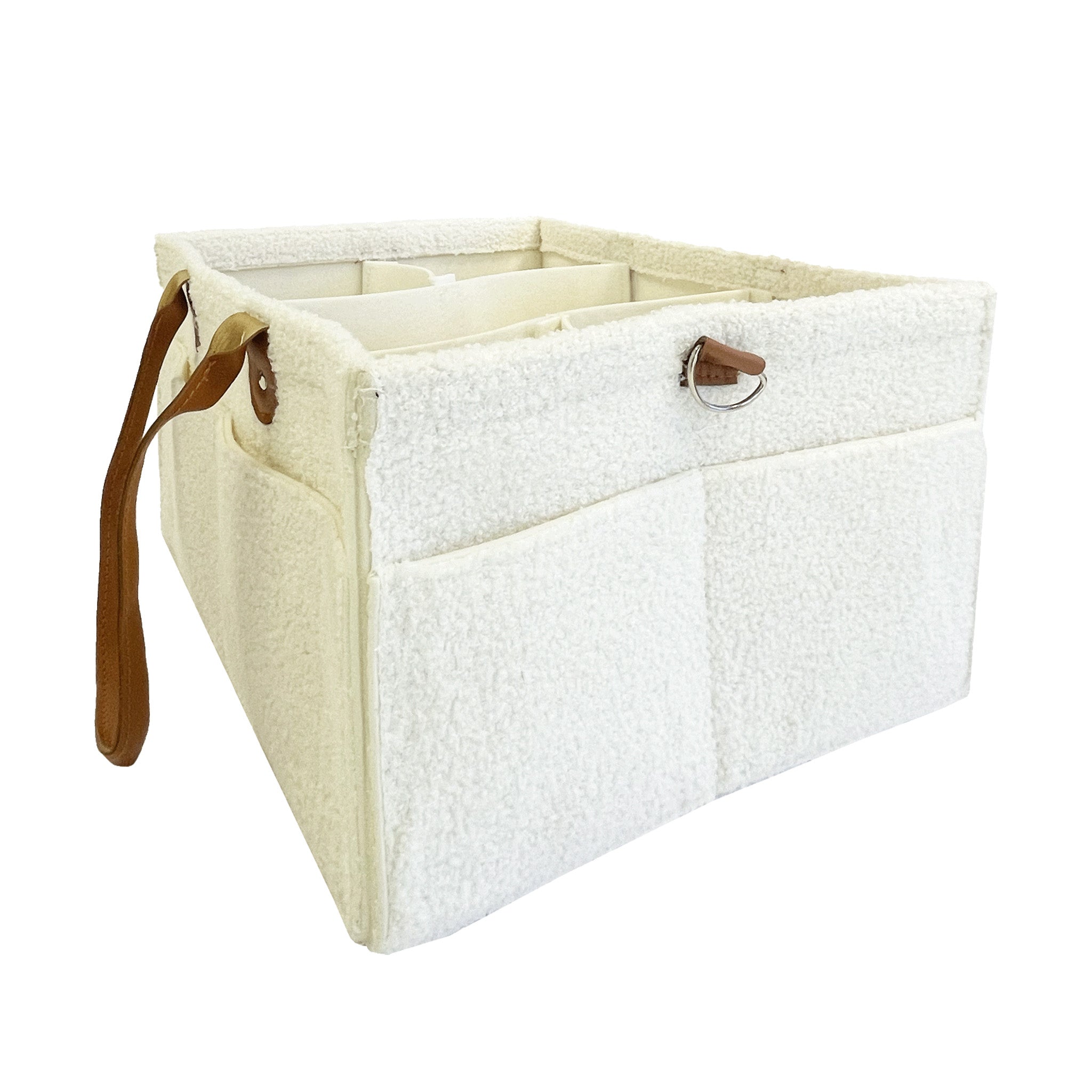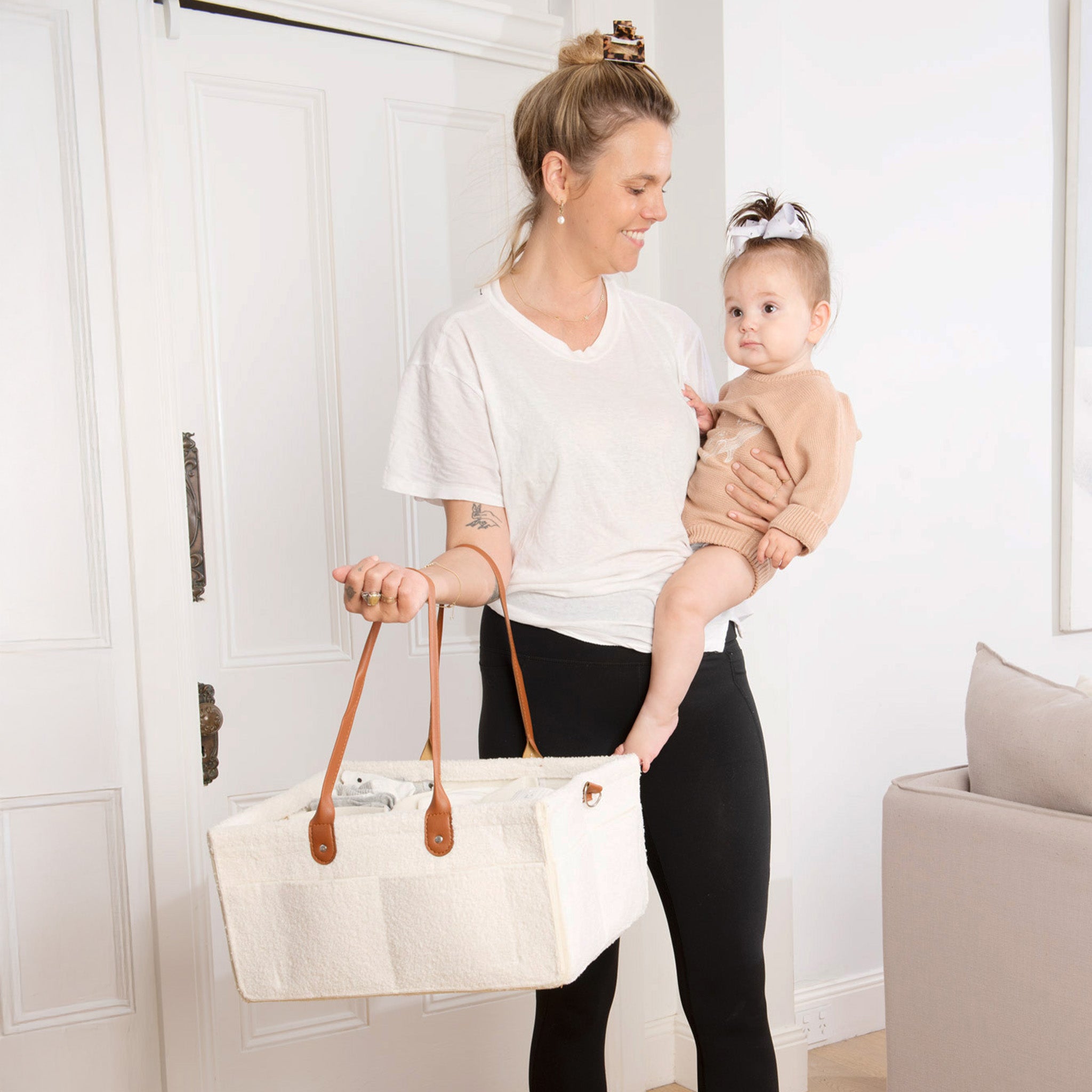‘How long should I breastfeed for?’ It’s a question most breastfeeding mamas have asked themselves at some stage of their feeding journey. It’s also one that generates PLENTY of discussion: some of it useful, a lot of it not! Ultimately, it’s a deeply individual and personal decision with many varied factors to consider. While there is never going to be a ‘one size fits all’ answer, we have got some info to help you when making your own decision.
What does ‘breastfeeding to natural term’ actually mean?
You might hear the terms ‘extended’, ‘full term’ or ‘natural term’ used when it comes to breastfeeding beyond babyhood. This term usually implies breastfeeding into toddlerhood or until your baby or toddler is ready to wean. It is a more child-led approach to weaning and is aligned with the World Health Organization's recommendations that breastfeeding continues for the first 2 years of life and beyond.
The benefits of breastfeeding beyond the first year and into toddlerhood
While your baby will have started solids around the 6 month mark and likely be enjoying a wide range of foods by 12 months, breastfeeding can still play a very significant role in their nutrition and wellbeing. According to the Australian Breastfeeding Association; “breastmilk continues to provide nutrition, comfort, and protection from illness in early childhood.” Research has shown that breastfeeding your toddler can provide:
- 29% of their daily energy needs
- 43% of protein requirements
- 75% of Vitamin A requirements
- 60% of Vitamin C requirements.
- 76% of folate requirements
- 94% of vitamin B12 requirements
- 36% of calcium requirements
Breastfeeding can also still be a bonding and grounding experience for your toddler as it gives them the chance to spend one on one time with their mum and take time out from their very busy little lives!
What about work?
Can you continue to breastfeed when you return to work? Absolutely! It can take a little bit of practice and trial and error but plenty of mamas continue to breastfeed for months, even years, after returning to work. This is, of course, dependent to some degree on your occupation and childs’ age, but for the majority of women, returning to work while continuing to breastfeed can be done.
If you’re returning to work after 12 months then it’s likely that your little one isn’t feeding quite as often as when they were younger. They’ll also be eating a wide range of food and drinking water and other liquids meaning that they don’t require all their nutrients from breastmilk. This can make the transition easier as many mums will continue feeding before and after work/overnight, without needing to worry too much about the daytime, when their toddler can get what they need from meals and snacks.
For younger babies or if mum chooses to, pumping can ensure you maintain your supply and also provides breastmilk for your child, even when you’re away from them.
You can check out our top tips on returning to work including setting up for success and integrating expressing into your day, here.
How do I know when the right time is to stop?
This is a decision that you will need to be made by you mama! Generally, weaning will be initiated in two ways: by your child or by you as the parent. Sometimes, toddlers will reach an age where they just aren’t overly interested in breastfeeding for much longer. They might have started to drop and/or shorten their feeds or start choosing food over the boob. The return of your period or pregnancy can also have an impact on their desire to feed as the hormonal changes will change the taste of your milk. For many mums, child-initiated weaning can be bittersweet, especially if they’re not quite ready to wean! For others, it s a bit more of a relief.
Conversely, you may reach a point where you feel as if your feeding journey has run its course and you are ready to stop. This was my experience with two of my three children after they turned two. I knew it was time for me to stop. It wasn’t easy, but I knew it was the right thing for myself and my family.
Weaning gently
The weaning experience will vary person to person but whatever your experience, it's likely there will be a whole host of emotions. Weaning can be tough, both physically and mentally, even when you’re fully onboard with stopping. Generally, it is recommended that you drop one feed at a time and move gradually to prevent things like engorgement and potential infection. If you have been feeding longer term (for example 12 months +) then you probably won’t be feeding as often during the day and your supply will be very well regulated meaning you’re less likely to end up with issues with blockages and pain. Just be mindful that they can occur, especially when dropping the first feed of the day.
I personally found talking to my little ones helped. They weren’t exactly onboard with stopping as they loved their booby but verbalising helped remind us both of what was happening. I also made sure we were having plenty of snuggles together at the times when we’d usually feed to help bridge the gap. And distraction. Distraction works really well for toddlers in particular.
You can read more about weaning here
Is it ‘normal’ to continue breastfeeding my older baby or toddler
Absolutely, 100% yes! And anyone who tells you otherwise is making a statement based on their own beliefs. The human biological weaning age has been found to be between 2 and 7 years old so well and truly into the toddler years and beyond. Mothers have been nurturing and nourishing their toddlers at the breast for millenia. I personally have never experienced any negativity surrounding breastfeeding but it unfortunately does happen. It is always worth remembering that a mother’s right to breastfeed is protected by law both federally and in every State and Territory. You can choose to breastfeed wherever you are in full confidence that what you are doing is 100% ok. Sadly, people will always have opinions but know that what you are doing is normal, natural and absolutely wonderful and be proud of that.


